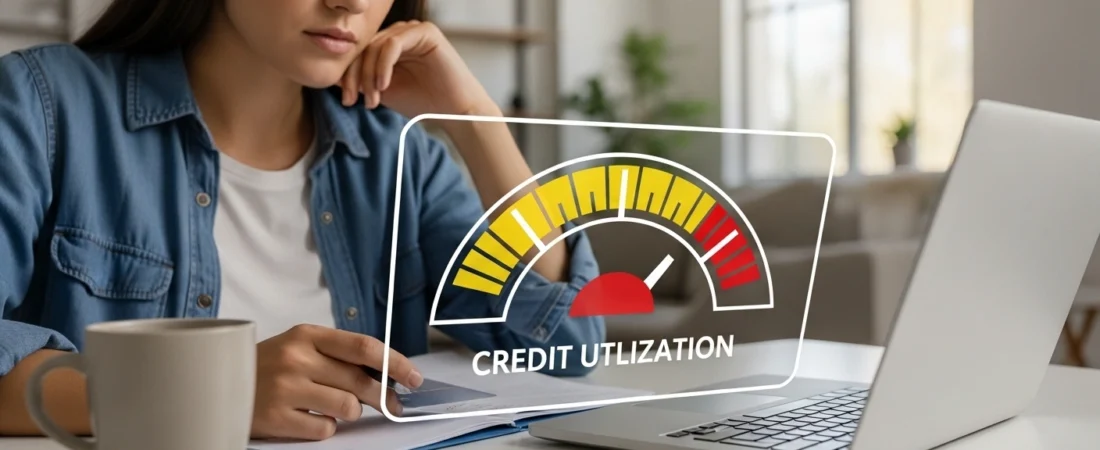For many Americans, a good credit score is a crucial stepping stone to achieving significant financial goals. It can open doors to favorable loan rates for homes and cars, and even influence insurance premiums. Yet, a silent factor often undermines credit scores without people even realizing it: how much of their available credit they are actually using. This is commonly known as credit utilization, and understanding it is key to maintaining a healthy financial standing.
Simply put, credit utilization refers to the percentage of your total available credit that you are currently using. Imagine you have a credit card with a $5,000 limit. If your current balance on that card is $1,000, your credit utilization for that particular card is 20% (1,000dividedby5,000). Lenders and credit scoring models, like FICO and VantageScore, pay close attention to this number because it signals your reliance on borrowed money. A high percentage can suggest a higher risk of not being able to manage your debts.
So, why is this percentage so important? Credit utilization significantly impacts your credit score, often accounting for a substantial portion of the calculation. A high utilization rate tells lenders that you might be overextended or struggling financially, even if you make your payments on time. This can lead to a lower credit score, making it harder to secure new credit or obtain favorable terms in the future. Conversely, keeping this percentage low demonstrates responsible credit management, which generally boosts your score.
What constitutes a “good” credit utilization rate? Financial experts widely recommend keeping your overall credit utilization below 30%. This means if you have a total of $10,000 in available credit across all your cards, you should aim to keep your collective balance under $3,000. Going much higher than 30% can start to negatively affect your score. Dropping below 10% is even better and can really make your credit score shine.
The good news is that improving your credit utilization is entirely within your control. Here are some effective strategies:
First and foremost, pay down your balances. This is the most direct way to lower your utilization rate. Focus on paying off cards with high balances, especially those nearing their credit limit. Even making multiple payments within a billing cycle, rather than waiting for the due date, can help. Your credit card company often reports your balance to the credit bureaus when your statement closes, so reducing your balance beforehand can lead to a more favorable report.
Another smart move is to increase your credit limit. If you have a history of responsible payments, you might consider asking your credit card issuer for a higher credit limit. This doesn’t mean you should spend more! Instead, if your limit goes up while your spending stays the same, your utilization percentage automatically drops. For instance, if you have a $1,000 balance on a $5,000 limit (20% utilization) and your limit increases to $10,000, that same $1,000 balance now represents only 10% utilization. Just be careful not to view a higher limit as an invitation to increase your debt.
Furthermore, avoid closing old credit card accounts, particularly those with no balance. While it might seem like a good idea to tidy up your wallet, closing an old account reduces your total available credit. This, in turn, can cause your utilization percentage to jump, even if your balances haven’t changed. For example, if you have two cards with $5,000 limits each, and you owe $2,000 on one (total available credit $10,000, utilization 20%), closing the unused card would reduce your available credit to $5,000. Now, that same $2,000 balance represents 40% utilization, a significant increase.
Finally, spread your spending across multiple cards if you have them. Instead of putting all your charges on one card and maxing it out, distributing your purchases can keep individual card utilization rates lower. This can be particularly helpful if one card has a much higher limit than another.
Understanding and actively managing your credit utilization is a powerful tool in your financial arsenal. It’s a silent factor, but its impact on your credit health is anything but. By adopting these simple yet effective habits, you can take control of your credit score and pave the way for a more secure financial future.
